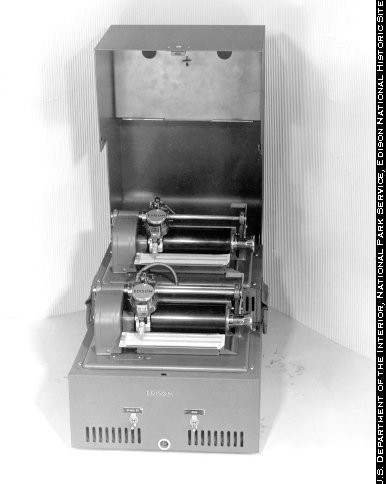The first machine to have any significant success in the U.S. market was the Dictaphone Telecord, an recorder that used the wax cylinders of existing office dictation machines, but with an electronic amplifier and an electromagnetic recording “head.” It was first offered in 1926. The technology of electronics, which was still new in 1926, was the key to linking the phonograph and the telephone, because it allowed the incoming signal to be amplified if necessary.
However, by this time, the American Telephone and Telegraph Company (AT&T) and its subsidiaries were creating a monopoly on telephone service. In order for a telephone-related invention to succeed, it had to be adopted by the Bell System. AT&T evaluated the Telecord, but then decided not to allow consumers to use the it on the public network. Nonetheless, customers who had private lines (such as railroads, which had private lines from station to station along the tracks) began using the Telecord for record-keeping purposes.
1930 AT&T modified its rules allowing the use of a Telecord in conjunction with a PBX (private branch exchange, the type of switchboard used in large offices). But this had little impact on the success of the Telecord, because few customers wanted to use the technology in this way.
The Telecord was never a major-seller, but Dictaphone’s rival, Thomas A. Edison Inc., developed its own electronic telephone recorder ome time in the 1930s. The company’s Telediphone, like the Telecord, was based on its existing dictation equipment.
